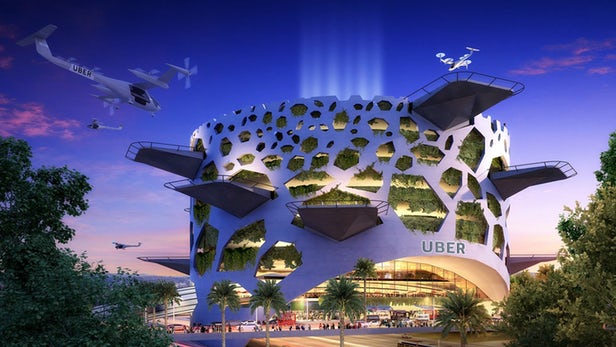
Breaking News
 FULL REPLAY: President Trump Delivers an Address to the Nation - 12/17/25
FULL REPLAY: President Trump Delivers an Address to the Nation - 12/17/25
 MELANIA, the film, exclusively in theaters worldwide on January 30th, 2026.
MELANIA, the film, exclusively in theaters worldwide on January 30th, 2026.
Top Tech News
 This tiny dev board is packed with features for ambitious makers
This tiny dev board is packed with features for ambitious makers
 Scientists Discover Gel to Regrow Tooth Enamel
Scientists Discover Gel to Regrow Tooth Enamel
 Vitamin C and Dandelion Root Killing Cancer Cells -- as Former CDC Director Calls for COVID-19...
Vitamin C and Dandelion Root Killing Cancer Cells -- as Former CDC Director Calls for COVID-19...
 Galactic Brain: US firm plans space-based data centers, power grid to challenge China
Galactic Brain: US firm plans space-based data centers, power grid to challenge China
 A microbial cleanup for glyphosate just earned a patent. Here's why that matters
A microbial cleanup for glyphosate just earned a patent. Here's why that matters
 Japan Breaks Internet Speed Record with 5 Million Times Faster Data Transfer
Japan Breaks Internet Speed Record with 5 Million Times Faster Data Transfer
 Advanced Propulsion Resources Part 1 of 2
Advanced Propulsion Resources Part 1 of 2
 PulsarFusion a forward-thinking UK aerospace company, is pushing the boundaries of space travel...
PulsarFusion a forward-thinking UK aerospace company, is pushing the boundaries of space travel...
 Dinky little laser box throws big-screen entertainment from inches away
Dinky little laser box throws big-screen entertainment from inches away
 'World's first' sodium-ion flashlight shines bright even at -40 ºF
'World's first' sodium-ion flashlight shines bright even at -40 ºF
The six Skyport designs that could provide the launchpad for Uber's flying taxis

Like airports and train stations, these terminals would be used as a base for electric aircraft to stay charged up and for passengers to hop on and off. Here's a look at six finalist concepts dreamt up by architects collaborating with Uber on the idea.
Uber first floated the idea of taking its transportation services skyward in a 2016 white paper. The Uber Elevate service would use vertical takeoff and landing aircraft to ferry people around busy urban centers. With a range of up to 60 mi (96 km), the aircraft would move between Skyports stationed around cities, getting passengers where they need to go and swapping batteries or charging up at the same time.
At its Uber Elevate conference in LA this week, the company shared a few concepts of what the vehicles could look like, and it has now done the same for the Skyports themselves. These are the results of an invitation-based design competition held by Uber, and provide a thought-provoking, and let's face it, pretty audacious idea of what a future filled with flying taxis could look like.

 The Prime Directive is Evil
The Prime Directive is Evil
 Don't Worry About Bitcoin
Don't Worry About Bitcoin

